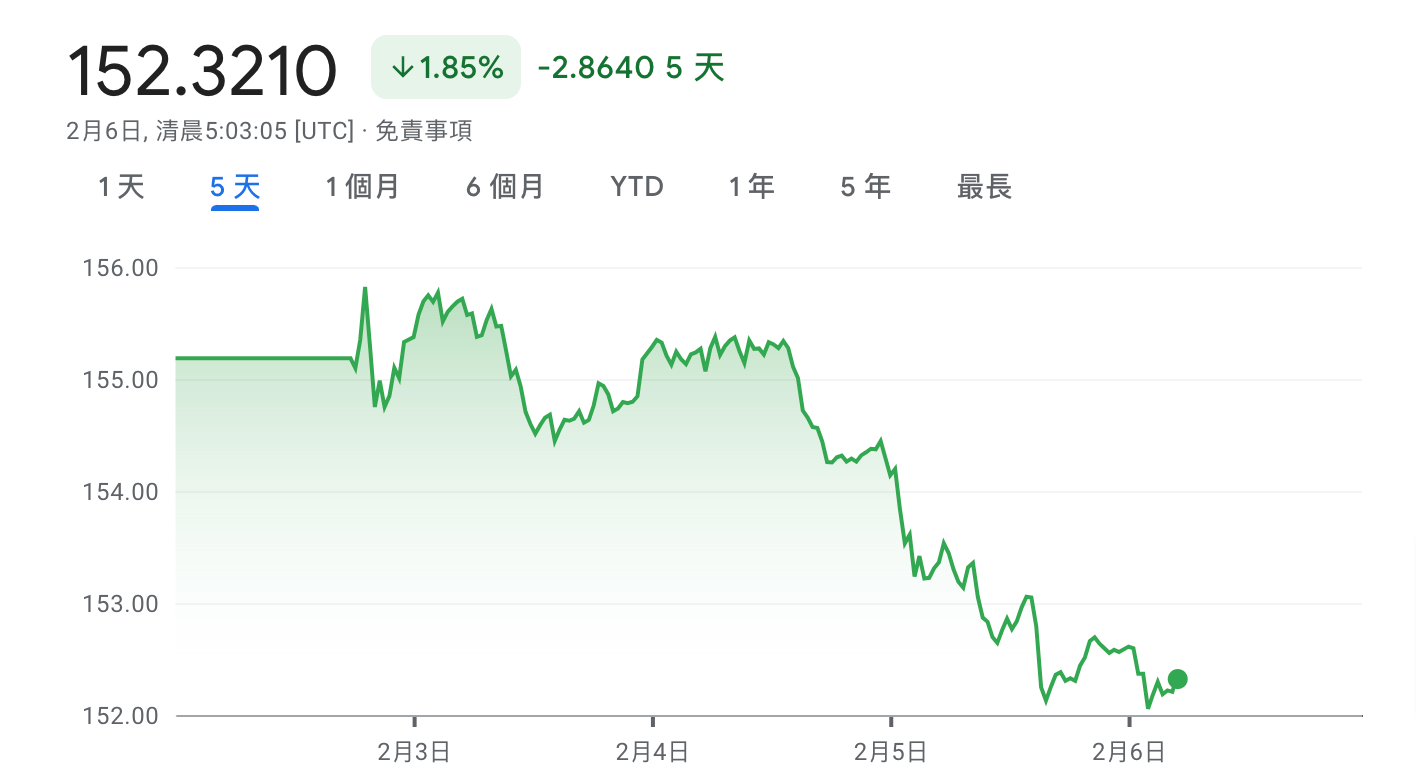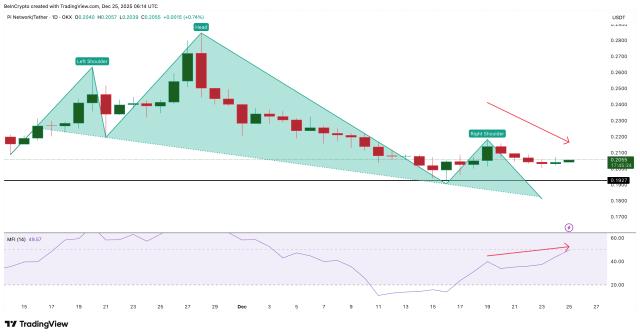The Wall Street Journal reported that Naoki Tamura, a member of the BOJ's Policy Board, said on Thursday that the BOJ should raise its key policy rate to 1% or higher in the second half of fiscal 2025.
The short-term rate should be raised to around 1% or more in the second half of fiscal 2025, which is necessary to reduce the upward risk to prices and to achieve the price stability target in a sustainable and stable manner.
Previously, Japan's core inflation rate reached 3% in December last year, a 16-month high, increasing the BOJ's pressure to raise interest rates. The BOJ also decided in late January, as expected by the market, to raise the rate by 1 notch (0.25%) to 0.5%, the highest level since 2008.
The second half of fiscal 2025 in Japan starts from October this year. If the central bank decides to raise the rate to 1% in the second half of the fiscal year, it means there is at least 2 notches (0.5%) of room for rate hikes from the current level.
Naoki Tamura is seen as a hawkish representative among the BOJ's 9 Policy Board members, and he was the only member who proposed a rate hike in December last year. Tamura reiterated his view today that the neutral rate should be at least 1%, and even if the BOJ raises the rate to 0.75%, the real rate after deducting inflation would still be clearly negative, indicating the need for further rate hikes.
Yen Breaks 152, Reaches New High in Nearly 2 Months

The yen, seen as a key factor in the BOJ's rate decision, has strengthened significantly this week, with the USD/JPY exchange rate briefly soaring to 151.83, the highest level since December 12. It is currently trading at 152.32. Previously, the yen had fallen to a six-month low, approaching the critical 160 level in early January.
FXSTREET analysis suggests that the yen's strength is mainly supported by market expectations of the BOJ continuing to raise interest rates, and it may further appreciate in the future.
Better-than-expected Japanese wage data on Wednesday also further strengthened this expectation, and it is expected that the spring wage negotiations ending in March will likely bring another significant pay raise, which will support the BOJ's continued rate hikes. BOJ Governor Kazuo Ueda also emphasized last month that if the prospect of continued wage increases can support consumption, he will continue to raise rates to help the central bank achieve its 2% inflation target in a sustainable manner.
In addition, market expectations that the US Federal Reserve will further cut rates this year, while the BOJ continues to raise rates, leading to a narrowing of the interest rate differential between Japan and the US, is another factor supporting the yen.
BOJ January Meeting: Inclined to Continue Rate Hikes, Yen is a Key Consideration
The minutes of the BOJ's January meeting released this week show that several members warned of the risks of continued yen depreciation leading to rising inflation and overheating of financial activities, and advocated that the central bank must raise rates "in a timely and gradual manner". However, there were also members who, given the high degree of uncertainty about the overall economic outlook, believed that the central bank must "be extremely cautious" in signaling the pace or magnitude of future rate hikes.
The January meeting minutes also show that the BOJ's focus on yen depreciation has clearly increased, with the word "yen" mentioned 7 times, up from 3 times in December, strengthening the view that the yen is a key factor in the BOJ's decision on the path of rate hikes.
Will the Yen Carry Trade Unwinding Surge Reappear?
It is worth noting that if the BOJ raises rates again this year, the market is concerned that the yen carry trade unwinding surge that caused the global stock and cryptocurrency markets to crash on August 5 last year may reappear.
However, RedStone Oracles COO Marcin Kazmierczak analyzed that the impact may be gradual rather than immediate, and the key is to observe how the central bank decision-makers will balance the domestic inflation target and global market stability. In addition, the market has had enough time to digest this news, so it is difficult to predict how the market will react.







